Constellation Program is NASA’s new generation space transportation system. It is designed to cover a wide range of space missions, such as delivering supplies and human crews to the International Space Station (ISS) and traveling beyond low Earth orbit (LEO). The goal of the program is to establish a permanent human presence on the Moon and then go to Mars and other destinations.
The Constellation Program promotes exploration, science, commerce, and the United States’ presence in space.
Constellation consists of two launching vehicles (Ares I and Ares V), the Orion spacecraft, the Earth Departure Stage, and the Altair, which is the Lunar Surface Access Module.
Ares I is the crew launch vehicle that will be used to deliver the Orion spacecraft to LEO. Ares I is a two stage rocket, 94 m long and 5.5 m in diameter that can deliver a 25,000 kg payload to LEO.
The first stage is a solid rocket booster that evolved from the Space Shuttle Solid Rocket Booster (SRB). An additional fifth segment was added to the initial SRB design, which enables the rocket to produce more thrust and burn longer. The second stage uses liquid oxygen and liquid hydrogen as fuel. The J-2X engine used by the second stage evolved from the J-2 engine used on the Saturn V rocket.
In addition to its primary mission, Ares I can also be used to deliver resources and supplies to the ISS or to park payloads in orbit for retrieval by other spacecraft bound for the Moon or other destinations.
Ares V is the cargo launch vehicle of the Constellation Program. Ares V is a two stage rocket, 116 m long and 10 m in diameter. It will be able to deliver a staggering 188,000 kg (188 metric tonnes!) payload into a LEO.
The first stage uses both solid and liquid propulsion (two SRB-derived boosters and 6 RS-68 liquid fueled engines) while the second stage (the Earth Departure Stage) uses a single J-2X engine. It is a versatile launch system and it will be used to carry to LEO cargo and the components needed to go to the Moon and later to Mars.
Both launch vehicles are subject to configuration changes. The images reflect the configuration as of September 2006.
Orion is able to carry four to six astronauts. It will provide logistic support to ISS in the first stage. After that, Orion will become an important part of NASA’s human missions to the Moon and Mars.
The conceptual design is similar to the Apollo, but has been improved: an updated digital control system, automated pilot for docking procedures, and a nitrogen/oxygen mixed atmosphere.
The conical form is the safest and most reliable design for re-entering the Earth’s atmosphere. The landing procedure has also been modified: instead of a splash in the Ocean, the module will land on solid ground using a combination of parachutes and airbags.
Altair is the lander spacecraft component of the Constellation Program. Like its predecessor, the Apollo Lunar Module, Altair has two stages.
Altair will land all crew members of the lunar mission on the surface of the Moon, while Orion will stay in lunar orbit until the mission ends. The ascending stage brings the crew back on Orion for the journey home.
While the ultimate goal of the program is a manned mission to Mars (there are predictions for 2030), the main activities will be providing logistic support to ISS and establishing a permanent human settlement on the Moon.
For more information you can visit the Constellation Program page on NASA’s web site.






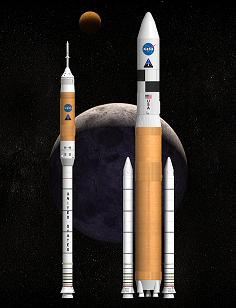
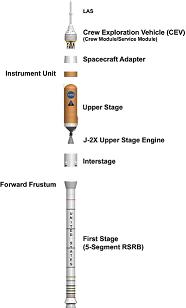
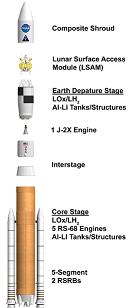
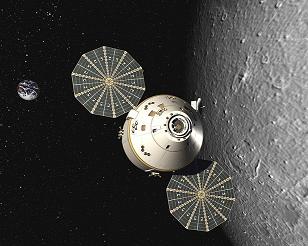

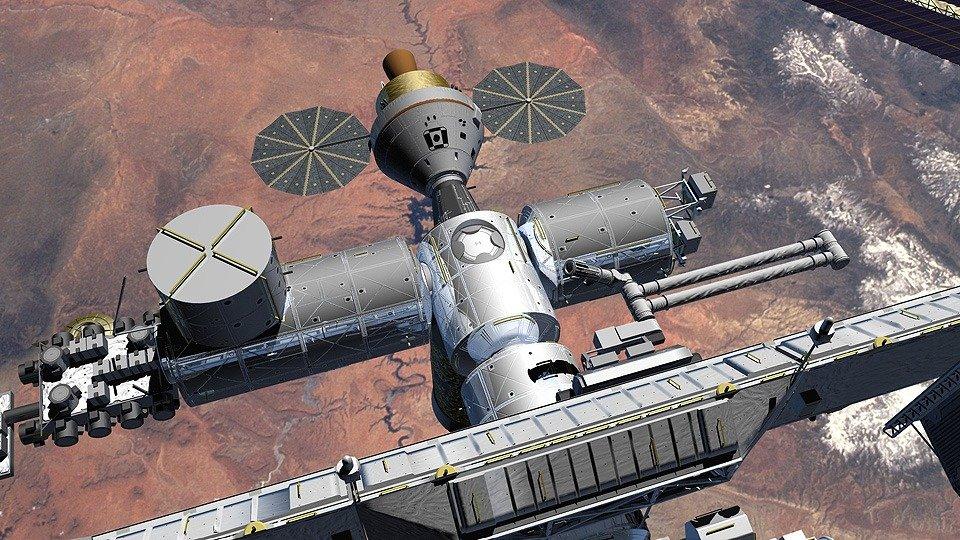






 Subscribe to our RSS feed
Subscribe to our RSS feed












There are no comments.
Add A Comment